Chinchilla Weir Valve Monument
In 1973 the Chinchilla Weir was constructed 8 kilometers south of Chinchilla with the purpose of providing irrigation water to the farming flats of the Condamine River, as well as boosting the water supply to the town of Chinchilla.
The early days of southern Queensland’s development was largely dependent on water from the Condamine River. From close to the New South Wales border near Warwick, the Condamine flows northwest to join many tributaries from the relatively high rainfall areas of the western slopes of the Dividing Range, until at Chinchilla it flows west and southwest hundreds of kilometers through St. George and Dirranbandi and beyond.
The relatively reliable flow of the river supported extensive sheep and cattle farming and in recent years, the development of more intensive farming and the greatly increased use of irrigation along the fertile valley in the upper catchment has required increased water management to ensure safe yields along the river.
At the opening of the Weir in 1974, approximately 5,000 people passed through the gates of what has since become a freshwater playground for locals and visitors. Water skiing, canoeing, swimming, and fishing are popular activities at this fantastic location.
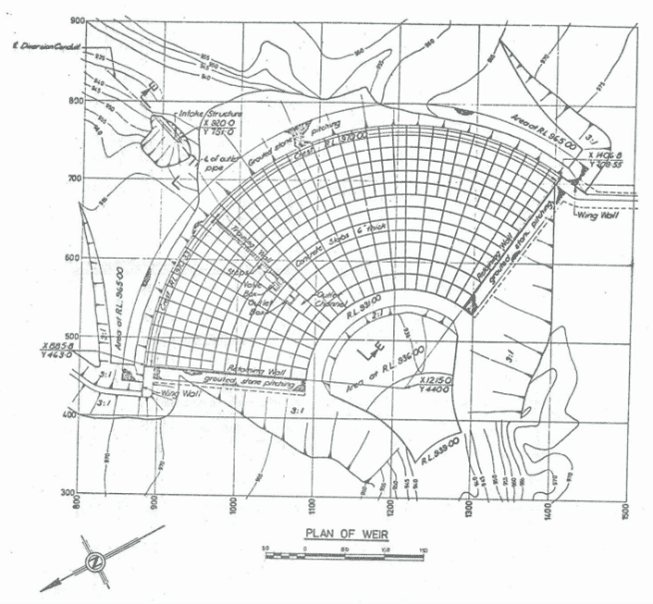
The Chinchilla Weir is a uniquely curved concrete-faced earth fill structure which can hold a full supply volume of 9,780 megalitres and a minimum of 120 megalitres.
In 1973, the proposed design and required construction techniques were quite new but would fully exploit the location and maximise storage supply.
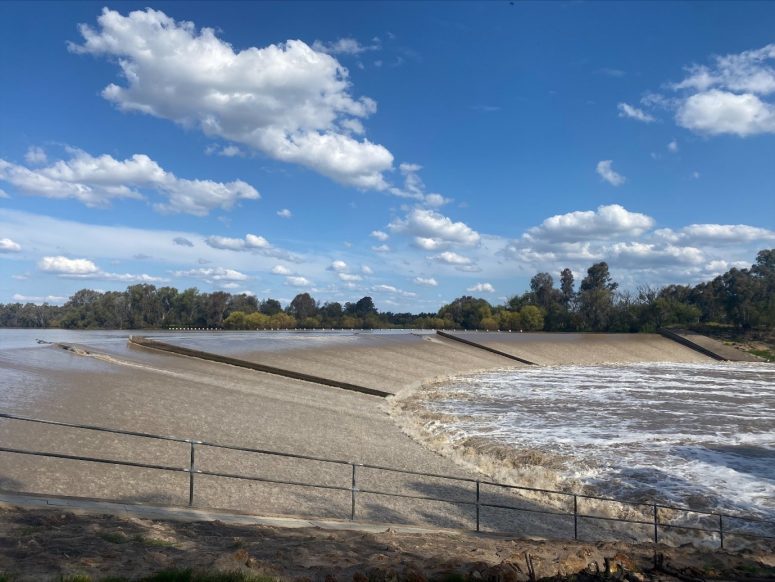
A weir is a hydraulic control structure which aims to create water storage and to provide some control over the water levels behind it. This weir features a series of valves which allow a controllable flow of water through the weir. An example of these valves can be seen on display at the Chinchilla Weir.
The valve on display is of the two original valves installed in 1973 which was refurbished after its replacement in 2021 at the end of its useful life. The valves were replaced by Sunwater who now operate the weir.
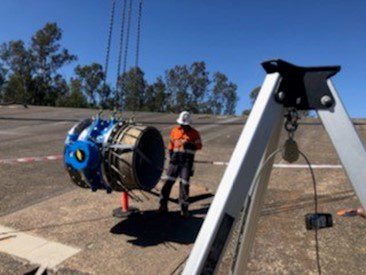
Warning, the hidden water currents around the weir can be dangerous and access to the weir structure is strictly prohibited.
While in Chinchilla, why not explore a little further?
Start with a selfie alongside The Big Melon, a tribute to Chinchilla’s fruit industry and the heart of the biennial Melonfest. You can’t miss stopping at the Chinchilla Visitor Information Centre for an assortment of local crafts, homemade goodies and souvenirs. Our friendly volunteers will share their immense knowledge of the area and give helpful tips to find interesting sites.
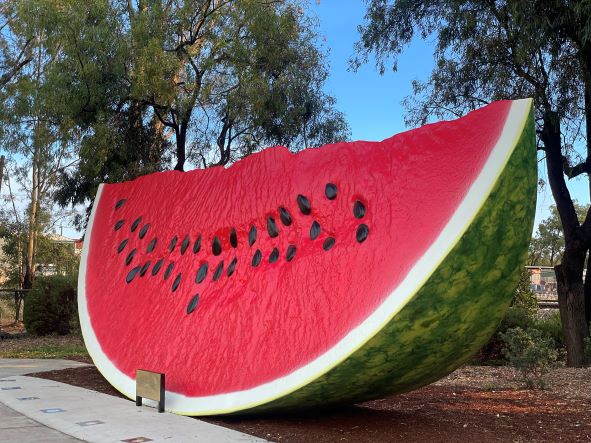
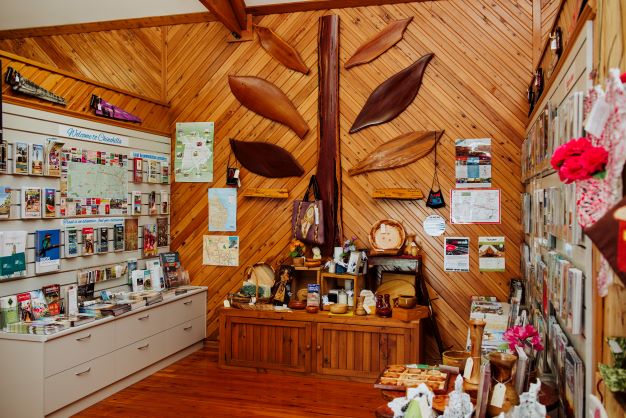
It is here at the information Centre you can commence a prehistoric journey by purchasing a fossicking licence (and access fees) to fossick for the rare ‘Chinchilla Red’ petrified wood. Grab your hat, water bottle, pick and shovel and start digging! Chinchilla petrified wood dates back to the Jurassic period with cycads, conifers and ferns being covered with massive amounts of volcanic ash and mudflows.
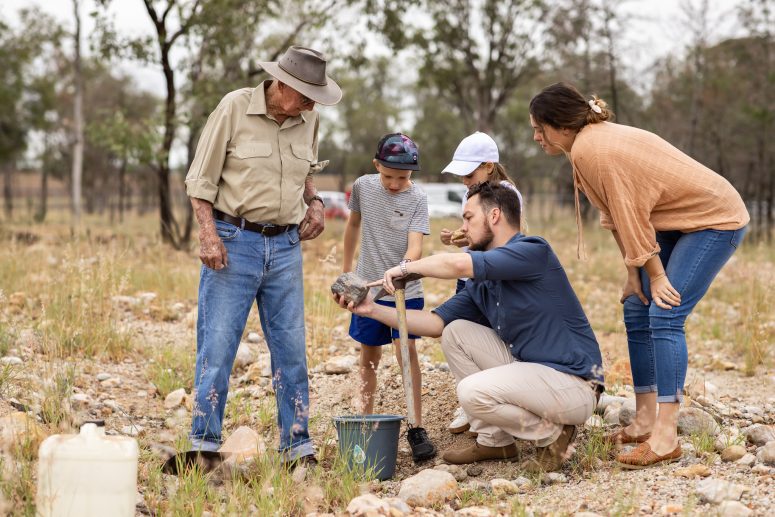
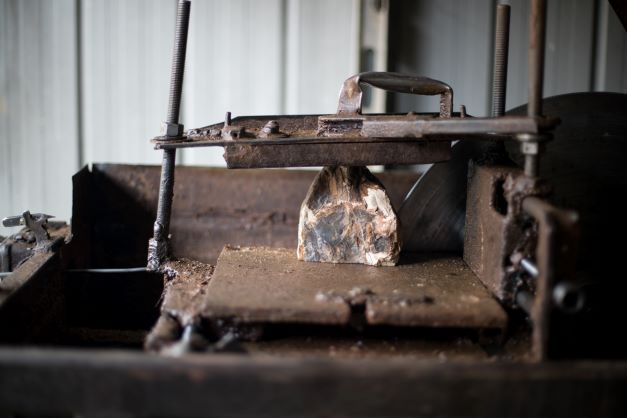
Continue on to the award-winning Botanic Parkland to enjoy an array of native flora, including Wattles, White Cypress Pine and Chinchilla White Gums, alongside a playground and BBQ area with quirky nods to our Watermelon landscape. Enjoy bird watching in the tree hallows and cool the kids down at the water play area. The kids will enjoy the anticipation as the watermelon fills up and then splashes down on them while Mum and Dad have a moment to catch their breath on the outdoor picnic tables.
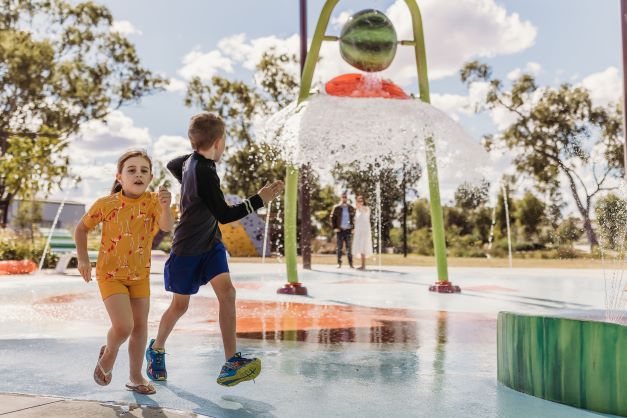
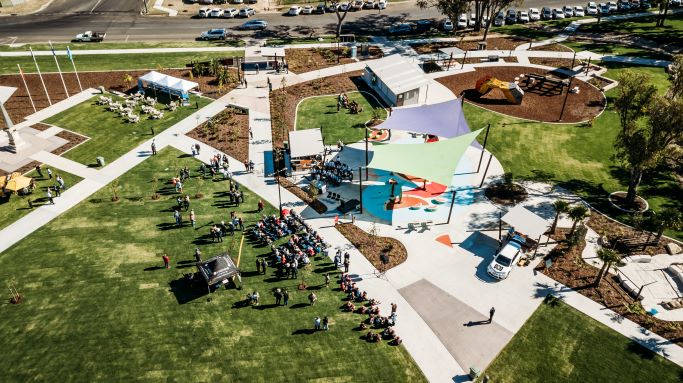
Wander to the Chinchilla Museum showcasing the district’s history, featuring a petrified wood display, the cactoblastis story, Cypress Pine and the only Fire Tower Interpretative Centre in Australia; documenting the history that fire towers played in the prevention of forest fires throughout Queensland. The Museum houses an enormous prehistoric crocodilian bone dubbed ‘Swamp King’ which was relocated from the Queensland Museum to Chinchilla in 2011.
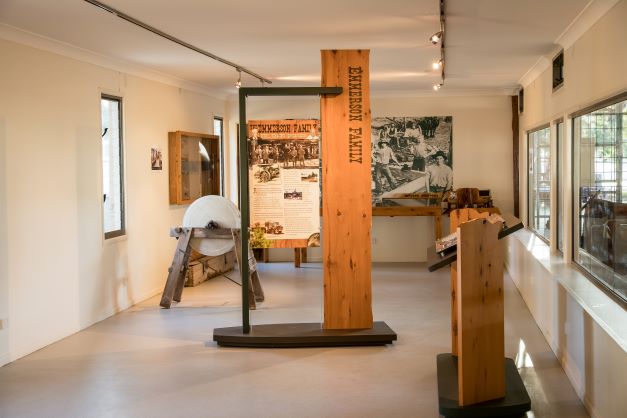
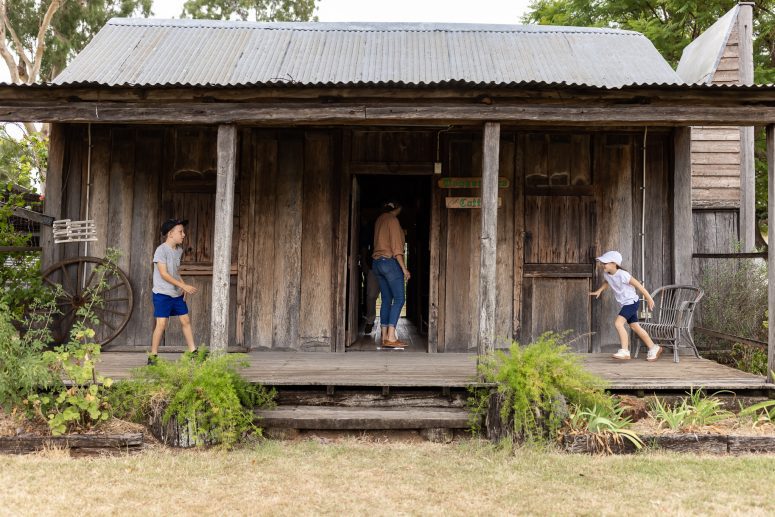
While enjoying our Camphor Laurel tree-lined main street, be sure to stop by Bell Street and into Lapunyah Art Gallery to relish the inviting atmosphere of regular exhibitions from local and visiting artists; guided by art-loving volunteers.
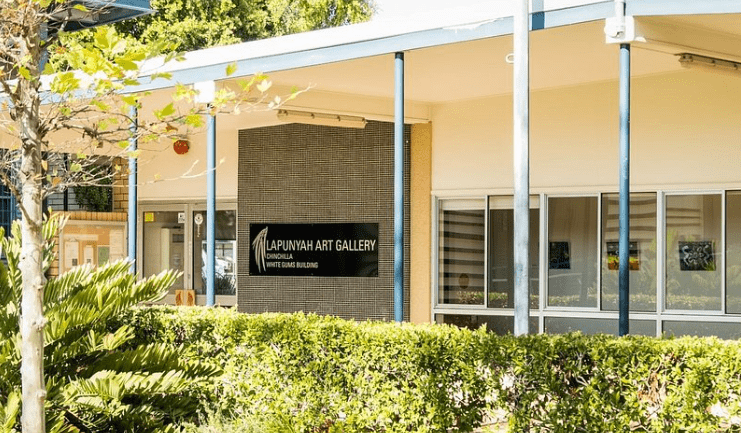
Stay a little longer and enjoy lunch at The Club Hotel, RSL or grab a bakery sandwich and rest in the shade of our parks. Mark your calendar, we would love to see you back slipping, sliding and skiing in February 2025 for the famous Melon Festival!
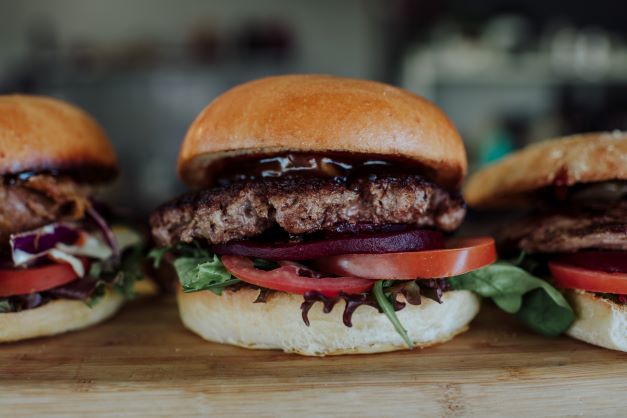
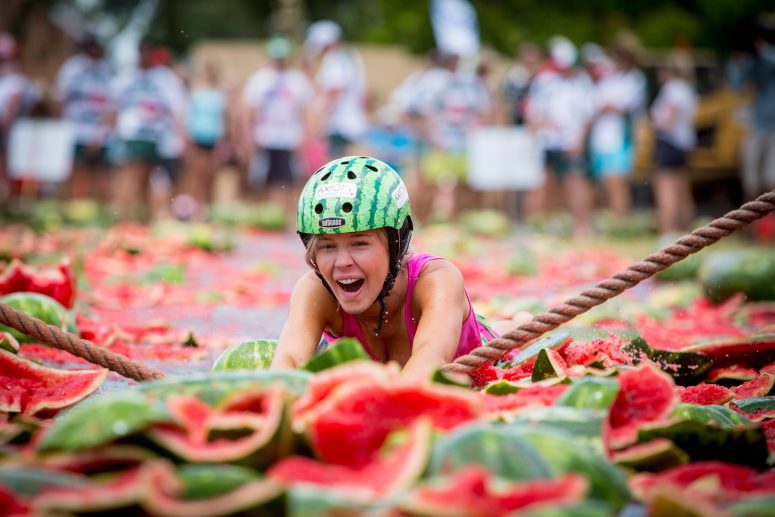
To find out more about the Chinchilla region, read here.
